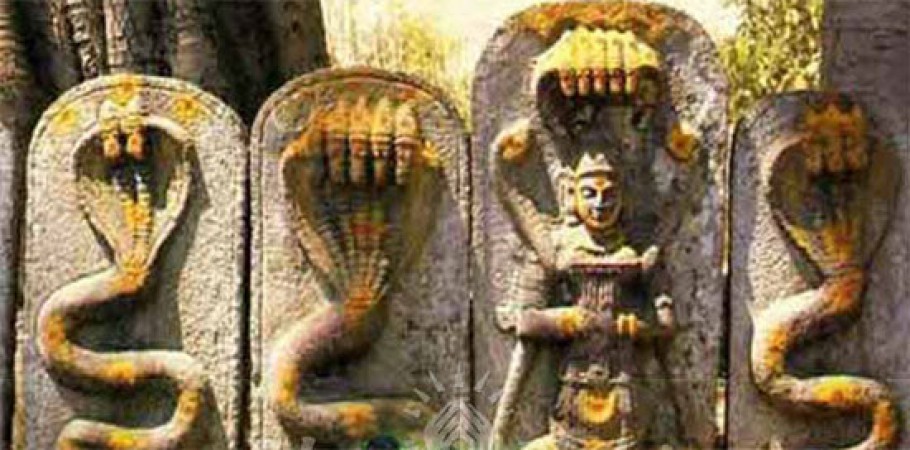
Nag Panchami, a reverent Hindu festival, is celebrated with great enthusiasm across India. This age-old tradition venerates snakes, symbolizing both fear and reverence in Hindu mythology. As devotees engage in rituals and festivities, let's delve into the significance, customs, and intriguing stories behind Nag Panchami.
Nag Panchami finds its roots in ancient Hindu scriptures and mythology. It commemorates the victory of Lord Krishna over the formidable serpent demon Kalia and the protection of villagers from its terror. Snakes are revered as symbols of fertility, protection, and cosmic energy. This festival also pays homage to Lord Shiva, often depicted with a snake coiled around his neck.
Nag Panchami is observed on the fifth day of the bright half of the lunar month of Shravan. Devotees wake up early, cleanse themselves, and visit temples dedicated to snakes. They offer milk, honey, turmeric, and flowers to snake deities, seeking blessings for their families' safety. Many also create snake idols from clay and worship them at home.
Numerous captivating stories are associated with Nag Panchami. One such tale tells of a farmer who accidentally killed a snake while plowing his field. The snake's mate sought revenge but was eventually pacified by the farmer's sincere apologies and offerings. These stories underscore the cultural significance of snakes in Hinduism.
The festival varies in customs and rituals across different regions of India. In Maharashtra, it's customary to place snake-shaped patterns on doorways, while in Bengal, images of snakes are drawn using turmeric paste. In the southern state of Karnataka, figures of snakes are crafted from clay and displayed in homes.
Snakes are often associated with hidden energies and primal instincts. Nag Panchami is a reminder of our connection to the natural world and the balance between fear and respect. The snake's ability to shed its skin symbolizes rebirth and renewal, making it an apt representation of life's cyclical nature.
While traditional practices still hold strong, Nag Panchami has also embraced modern elements. Eco-friendly celebrations, raising awareness about snake conservation, and advocating for their protection have gained prominence. Many organizations promote responsible behavior towards snakes and discourage snake charming practices.
Nag Panchami celebrates the harmonious coexistence of humans and nature, particularly snakes. It encourages individuals to confront their fears and acknowledge the intricate balance that sustains life on Earth. This festival exemplifies the rich tapestry of Indian culture, where mythology, spirituality, and tradition interweave seamlessly.
Urgent Collaboration Needed for Digital Security: Minister Vaishnaw
Google Explores UWB Technology Integration for Chromebooks
Physicists Synthesize Iron in the Form Found in Earth's Core